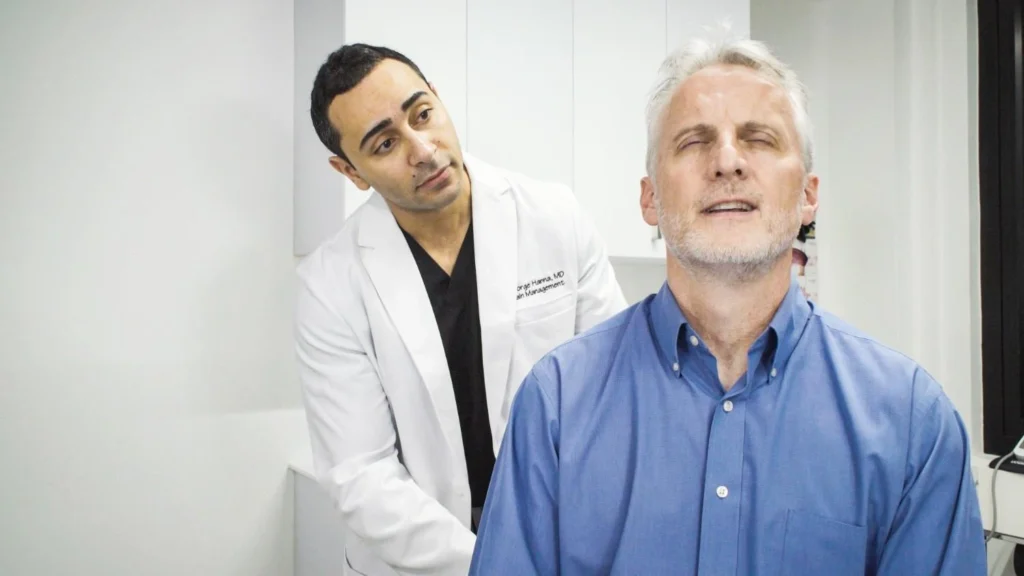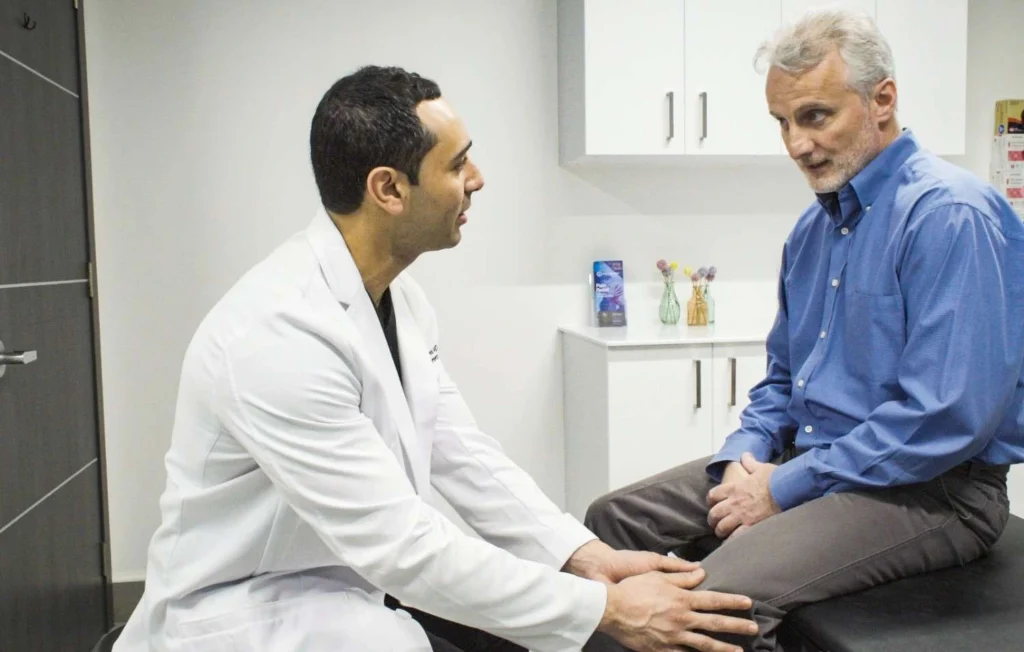5 Minimally Invasive Vein Treatments for Spider Veins
You’ve noticed thin, web-like spider veins creeping across your legs. They don’t hurt, but they’re not the look you want. Maybe you’ve tried covering them up with long pants or concealing them with makeup. Yet, every time you catch a glimpse of them, you’re reminded of the discomfort and embarrassment they bring. You’re not alone. Spider veins affect millions of people worldwide, and fortunately, there are solutions.
At VIP Medical Group, we specialize in offering minimally invasive vein treatments for spider veins and their underlying causes. Our board-certified vein specialists will help you understand what causes spider veins, determine whether your spider veins are purely cosmetic or part of a bigger issue, and offer the best vein treatment tailored to your needs. Schedule a consultation at one of our convenient vein clinics across New York, New Jersey, California, and Maryland.
Compression Therapy
Compression therapy is often the first line of defense in treating spider veins. It involves wearing specially designed compression stockings that apply pressure to your legs. This pressure helps improve blood flow, preventing blood from pooling in your veins and contributing to spider veins. Compression stockings come in various pressure levels, and a vein specialist can recommend the right one for you based on the severity of your condition. While compression therapy doesn’t eliminate spider veins, it can relieve symptoms like swelling, heaviness, and discomfort.
Compression therapy may be recommended in the following cases:
- Initial stages of spider vein development
- As a complementary treatment after other procedures
- For individuals not ready for other minimally invasive treatments
Sclerotherapy
Sclerotherapy is one of the most common and effective spider vein treatments. This procedure involves injecting a solution directly into the affected veins, causing them to collapse and fade away. Sclerotherapy is relatively quick, involves minimal discomfort, and can be done in a vein clinic. After the treatment, you can resume your daily activities with little to no downtime.
Here’s how sclerotherapy works:
- A vein specialist injects a sclerosing solution into your spider veins
- The solution irritates the vein walls, causing them to stick together
- Over time, the veins shrink and are absorbed by the body
Radiofrequency Ablation
Radiofrequency ablation (RFA) is a highly effective vein treatment for varicose veins and their underlying cause, venous insufficiency. This procedure uses heat to close off affected veins, redirecting blood flow to healthier veins. During radiofrequency ablation:
- A catheter is inserted into the affected vein
- Radiofrequency energy is delivered through the catheter, heating the vein walls
- The heat causes the vein to collapse, closing it off
Once the vein is sealed, blood naturally reroutes through healthy veins. It is minimally invasive, with patients experiencing only minor discomfort. It’s ideal for those with more advanced varicose veins and is often covered by insurance if deemed medically necessary.
Endovenous Laser Ablation
Endovenous laser ablation (EVLA) is another effective vein treatment that uses laser energy to treat varicose veins. Much like radiofrequency ablation, EVLA involves sealing the affected vein and redirecting blood flow to healthier veins. Here’s how it works:
- A laser fiber is inserted into the targeted vein via a small incision
- Laser energy heats the vein, causing it to collapse and seal shut
- Over time, the body absorbs the closed vein
Endovenous laser ablation is a minimally invasive procedure that requires local anesthesia. It’s a highly effective option for chronic venous insufficiency, which contributes to spider veins. Because it treats the root cause of spider veins, EVLA is often covered by medical insurance.
Ambulatory Phlebectomy
Ambulatory phlebectomy is a varicose vein removal procedure that targets veins close to the surface of your skin. This vein treatment is perfect for removing visibly large, bulging veins that often accompany spider veins. Here’s what happens during the procedure:
- The vein specialist makes tiny punctures in the skin near the affected vein
- Using a small hook-like instrument, the vein is gently removed
- The procedure is minimally invasive, with local anesthesia
Ambulatory phlebectomy is highly effective in removing surface-level varicose veins. It is often combined with other vein treatments like radiofrequency ablation for comprehensive results.

What Causes Spider Veins?
What causes spider veins? Spider veins often develop when the small valves inside your veins weaken or become damaged, leading to poor blood flow. When blood pools in the veins, it causes them to enlarge, resulting in the small, visible web-like veins that we see on the surface of the skin. Genetics, prolonged sitting or standing, hormonal changes, and even sun exposure can contribute to the formation of spider veins.
Benefits of Minimally Invasive Spider Vein Removal
There are numerous advantages to choosing minimally invasive vein treatments:
- Minimal downtime and quick recovery
- Little to no scarring or discomfort
- High success rates for spider vein removal
- Most procedures are covered by medical insurance
- Performed in an outpatient setting at one of our vein clinics
- Effective in treating both cosmetic spider veins and underlying venous insufficiency
- Tailored to your unique needs and goals
- Quick return to normal daily activities
Which Spider Vein Treatment Is Right for Me?
The best treatment for your spider veins depends on several factors, including the size and location of your veins, the underlying cause, and your preferences. A consultation with a vein specialist is the first step in determining the right vein treatment for you. If your spider veins are caused by venous insufficiency, radiofrequency ablation or endovenous laser ablation might be your best option. On the other hand, if you’re looking to remove surface-level veins, sclerotherapy or ambulatory phlebectomy may be more appropriate.
At VIP Medical Group, we prioritize your comfort and safety and offer treatments based on your condition and goals. Most of our vein treatments are covered by medical insurance, especially if they address the underlying cause of spider veins. We have vein clinics throughout New York, Long Island, New Jersey, California, and Maryland. Contact us to schedule a consultation or request free insurance verification to learn more about your options.





